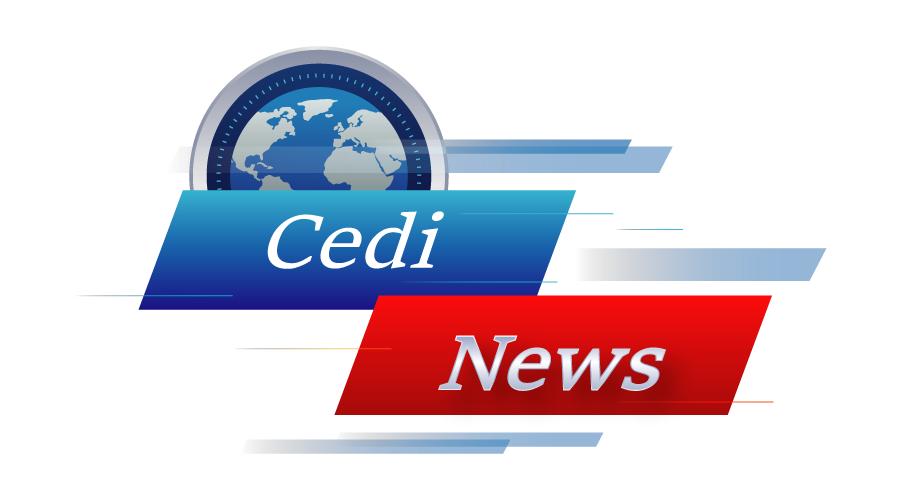When it comes to fixing a business loan, understanding the jargon and terminology is considerably important. Familiarizing oneself with the key terms as well as the concepts in the world of business loans can assist in navigating the borrowing process more effectively and making informed decisions. To avail of a business loan in Kolkata, there are certain steps that one must follow to receive an appropriate loan. This article would cover to explore five general business loan terms that every entrepreneur and small business owner must be familiar with to understand business loan repayment terms.
Five Most Famous Business Loan Terms
Collateral
Collateral is taken as a property or an asset that is particularly used as security by the borrower against the lender for the purpose of repayment of a loan. It offers a safeguard for the lender in case the borrower defaults on their loan obligations. General forms of collateral can include the following real estate, equipment, inventory, or accounts receivable. By offering collateral, borrowers can substantially access increased loan amounts and improved interest rates.
Key factor:
- Collateral has to act as a safety net for lenders to minimize the chance of risk.
- It can generally be seized by the lender if the borrower defaults on the loan terms.
- Offering collateral increases the chances of loan approval and would result in increased favorable loan terms.
Interest Rate
The interest rate is taken as the cost charged by a lender for borrowing money. It is perhaps expressed as a percentage of the loan amount and is a vital factor in determining the overall cost of the loan. Interest rates can be both, fixed or variable. A fixed interest rate generally remains constant throughout the loan term, offering benefits such as predictability and stability. On the other hand, a variable interest rate can fluctuate based on market conditions, potentially resulting in increased or decreased payments over a certain time.
Key factors:
- Comprehending whether the interest rate is taken as fixed or variable before taking a loan.
- Fixed rates offer certainty and stability in monthly payments.
- Variable rates can particularly change over a period and impact the total interest paid.
Amortization
Amortization is famously understood as repaying a loan through consistent, regular installments over a specified period. Each payment typically includes both principal (the loan amount) and interest. The amortization schedule often outlines the breakdown of each payment, showing how much goes towards reducing the loan balance and how much covers interest costs. In the early stages of a loan term, an increased proportion of the payment goes towards interest, while more principal is paid off in later stages.
Key points:
- Amortization schedules assist the borrowers in understanding the distribution of their loan payments.
- Early payments prominently cover interest, while later payments focus more on reducing the principal amount.
- Longer loan terms may lead to increased overall interest costs however result in smaller monthly payments.
Term
The term of a loan is understood as the length of time over which the loan is repaid. Loan terms can vary significantly, from a few months to several years, depending on the various types of loans and the multiple lender’s policies. Short-term loans usually have a term of one year or less, whereas long-term loans can extend up to 20 or 30 years. It’s crucial to consider the purpose of the loan, cash flow projections, as well as business needs at the time of selecting a suitable term.
Key points:
- Shorter loan terms have decreased overall interest costs but increased monthly payments.
- Longer loan terms have reduced monthly payments however can result in increased interest expenses over some time.
- Aligning the loan term with the purpose of the loan and their business objectives.

